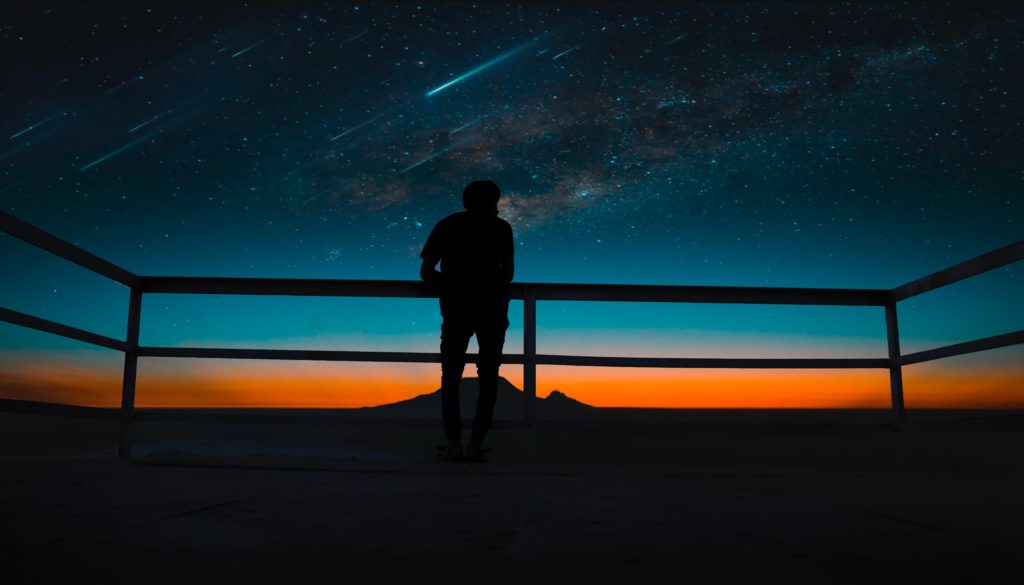Mark your calendars for a spectacular light show. People across the world will be treated to the best meteor shower of the year this October.
The Orionids is the second meteor shower created by Halley’s Comet . The Eta Aquarids in May is the other meteor shower created by debris left by Halley’s Comet.
This meteor shower is named after Orion, a prominent constellation located on the celestial equator and visible throughout the world. The meteors appear to emerge or radiate from the same area in the sky as the constellation.
The Orionids are also framed by some of the brightest stars in the night sky, which lend a spectacular backdrop for theses showy meteors.
The annual Orionids traditionally peak every October, and this year it will be best visible in Cape Town on October 20 and 21. Considered to be the most beautiful showers of the year, Orionid meteors are famed for their brightness and speed. The meteors travel at an average 66km per second and at its peak, up to 15 meteors will be visible every hour.
“Fast meteors can leave glowing “trains” (incandescent bits of debris in the wake of the meteor) which last for several seconds to minutes. Fast meteors can also sometimes become fireballs: Look for prolonged explosions of light when viewing the Orionid meteor shower,” explains NASA.
The Orionids are visible in both the Northern and Southern hemispheres, typically after midnight. According to Time and Date, all you need to view this astrological event is a clear sky and patience.
Here are their tips to get the best seat in the house:
– Find a secluded viewing spot, away from the city lights. Once at the venue, your eyes may take 15 to 20 minutes to get used to the dark.
– Dress for the weather, and make sure you are comfortable, especially if you plan to stay out long. Bring a blanket or a comfortable chair with you – meteor watching can be a waiting game.
– Once you have found your viewing spot, lie down on the ground and look up in the direction of the radiant (the point in the sky from which the Orionids appear to come from). Lie flat on your back with your feet facing northeast if you are in the Southern Hemisphere.
Picture: Pexels

